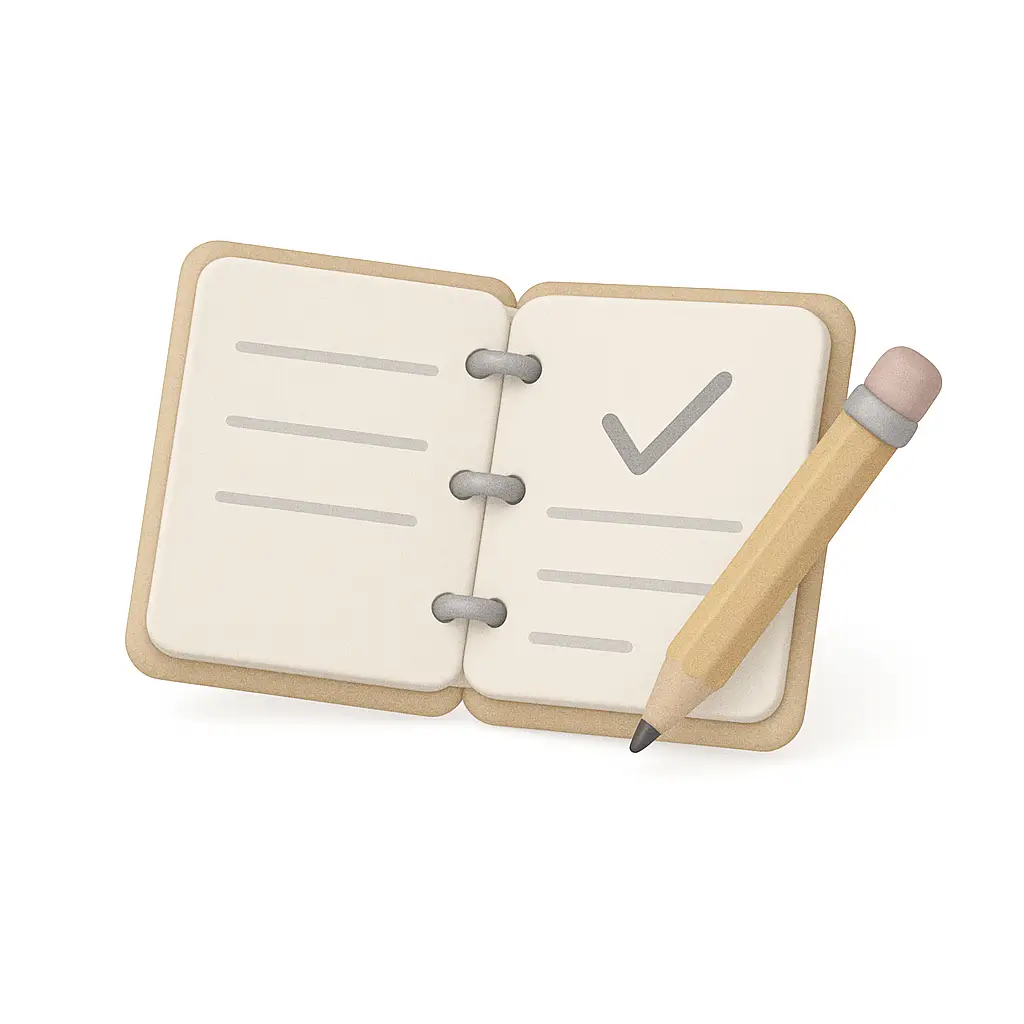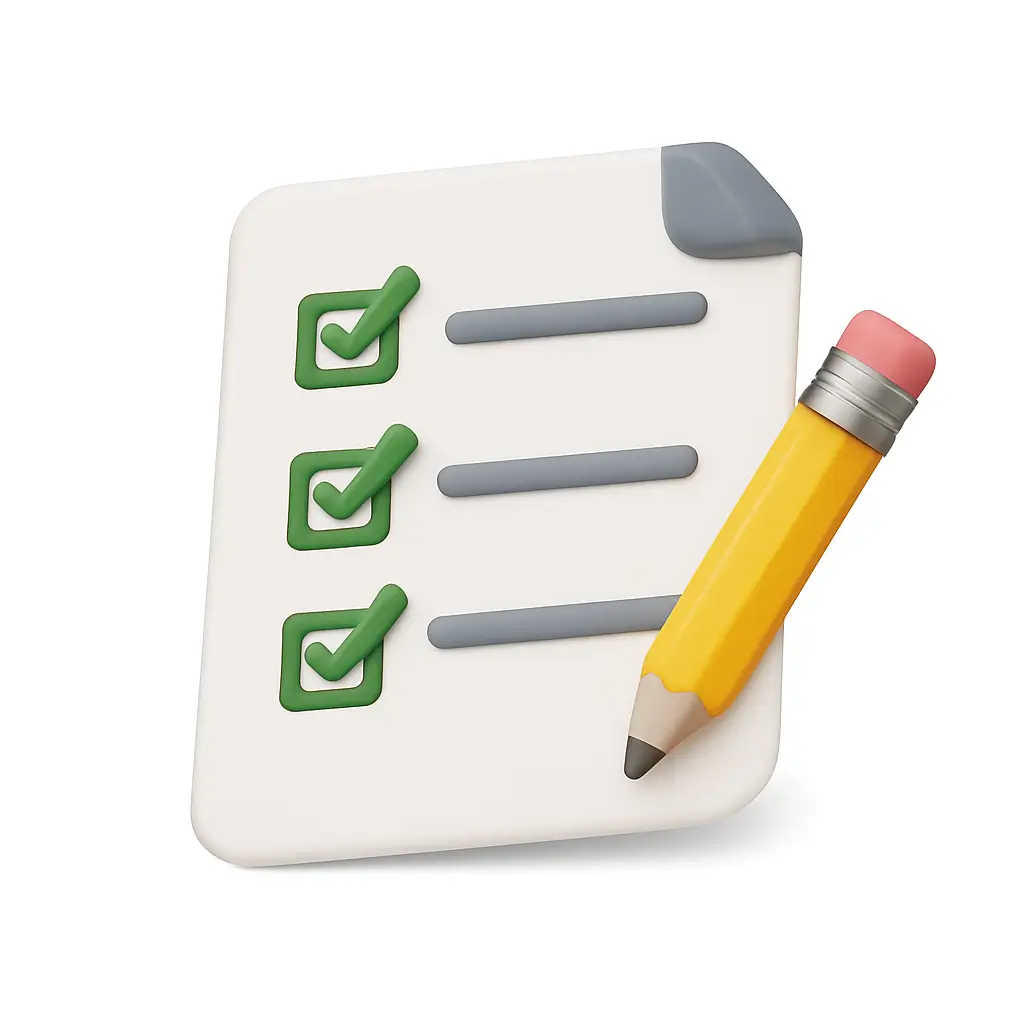Micro-Journaling
Capture key thoughts in under 60 seconds to clear your head
July 21, 2025 · 5 min read

📓 The mental inbox overflow
Priya sits down to write. Ideas, worries, and half‑finished to‑dos crowd her mind. She opens a note, writes three short lines, and breathes easier. Sixty seconds later, she’s ready to start.
That’s micro‑journaling.
What is micro‑journaling?
A 60‑second note that captures what’s on your mind—without polish or pressure. It’s not a diary. It’s a quick cognitive reset.
Why it works
- Externalizing thoughts reduces working‑memory load and frees up attention for the task at hand ("cognitive offloading").
- Short expressive writing can decrease intrusive thoughts and improve emotional clarity.
- Making a simple plan for unfinished goals reduces mental clutter and restores focus.
You don’t need pages—just a minute of structured capture.
The 60‑second template
Use these three prompts. One line each.
-
Today, I’m working on → [one outcome]
-
What’s on my mind → [facts, feelings, friction]
-
Next tiny step → [the first concrete action]
Example:
- Working on: finalize onboarding email
- On my mind: unsure about tone; need data pull from Ana
- Next tiny step: draft subject lines for 5 minutes
When to use it
- Before deep work (clear clutter, set intent)
- After meetings (park loose ends, pick a next step)
- During overthinking (name it, narrow it, move once)
- End of day (close loops, set tomorrow’s first move)
Variations to try
Decision micro‑journal (60s)
- Option I’m leaning toward → [one sentence]
- Biggest assumption → [name it]
- One test I can run → [fast, cheap]
Emotion micro‑journal (60s)
- I feel → [one word]
- Because → [one sentence]
- Helpful move → [kind, concrete]
Progress micro‑journal (60s)
- Win → [one line]
- Blocker → [one line]
- Next step → [one line]
Make it automatic
- Put a sticky note with the 3 prompts on your monitor
- Create a note template called “60‑Second Journal”
- Pair it with a trigger: first coffee, start of focus block, last task of the day
Seven‑day starter
Day 1–2: Use the 60‑second template before your first task
Day 3–4: Add a quick end‑of‑day entry (progress micro‑journal)
Day 5–6: Use the emotion micro‑journal when stressed
Day 7: Review your notes—pull one insight, one next step
Avoid these mistakes
- Writing essays—keep it to three short lines
- Vague next steps—make the first move tiny and clear
- Saving it for “when you have time”—use it to make time
Bottom line
You don’t need a perfect journaling habit to feel lighter and think clearer. Sixty focused seconds can unlock your next hour of good work.
---
Open a note, write your three lines, and start. What’s your next tiny step?

